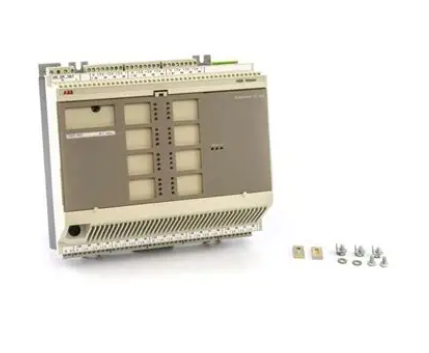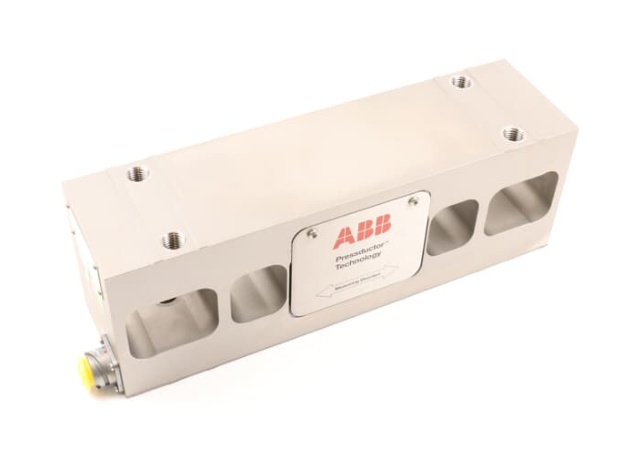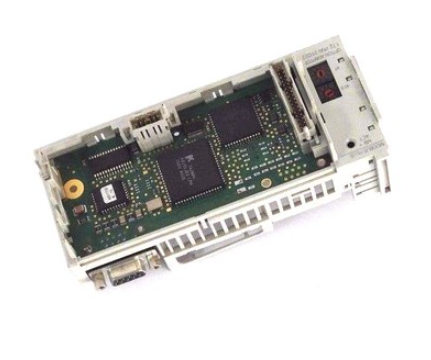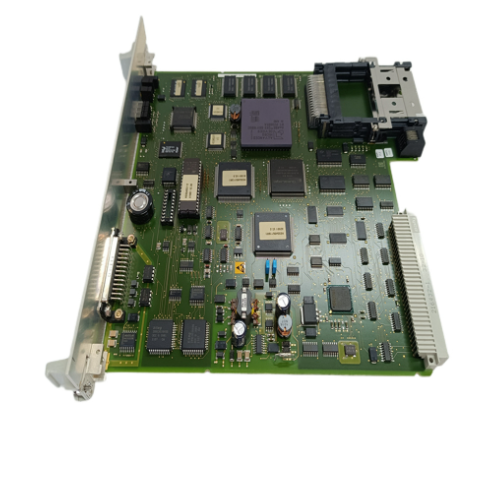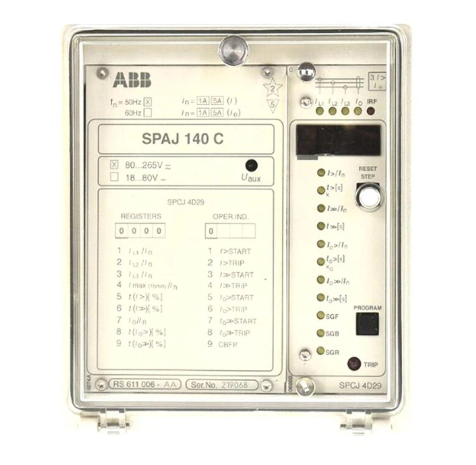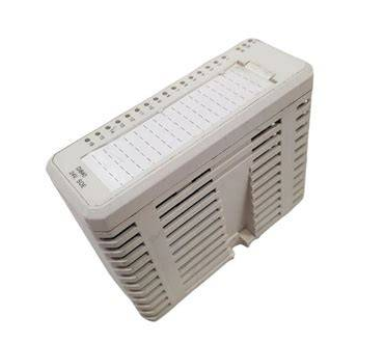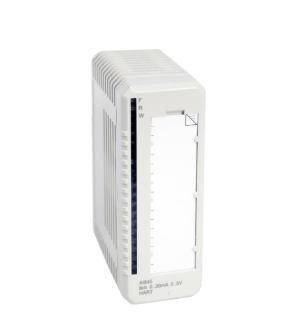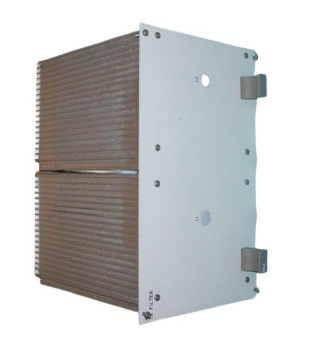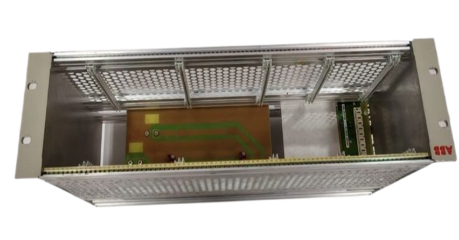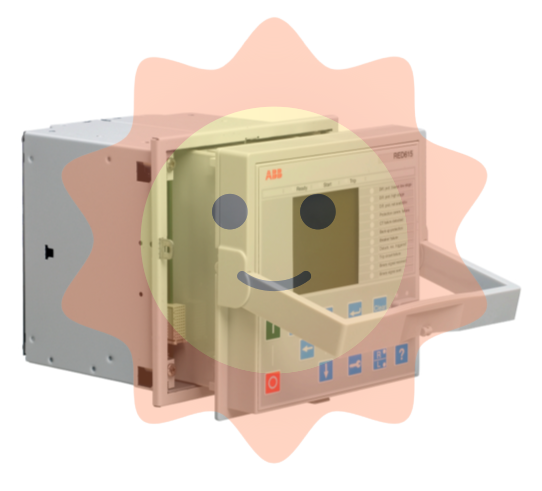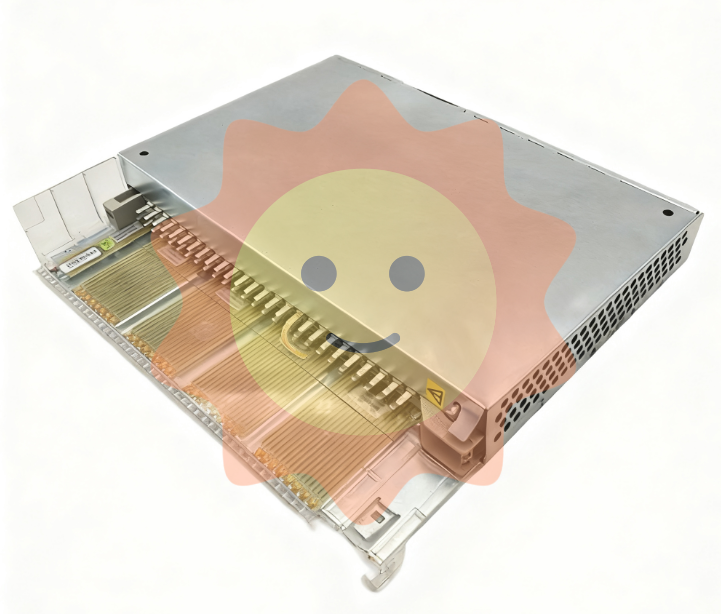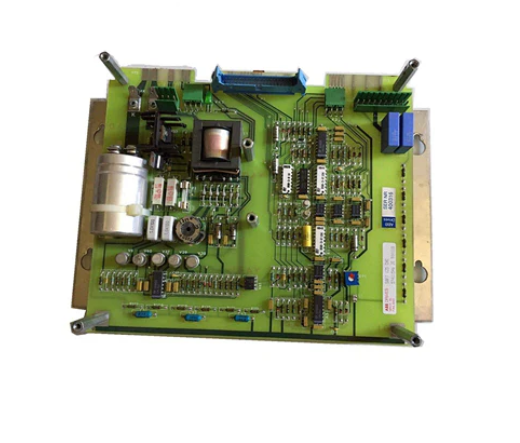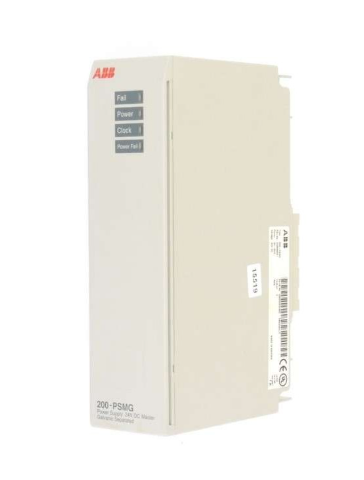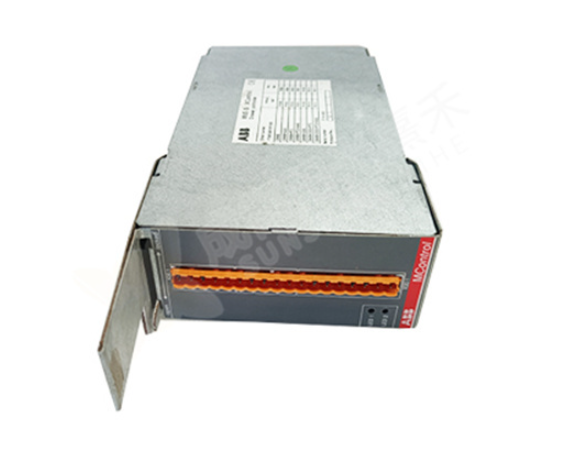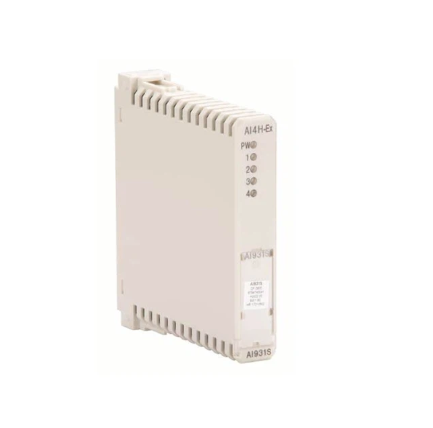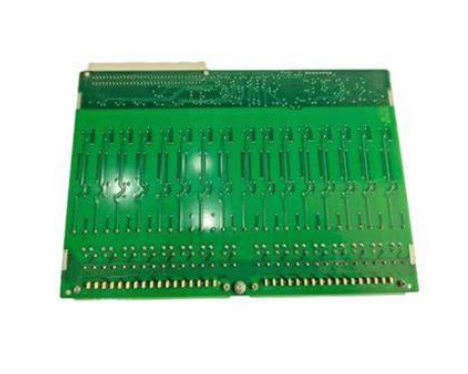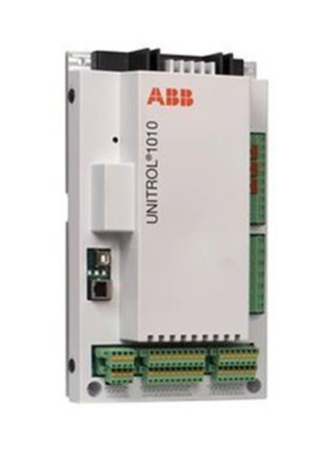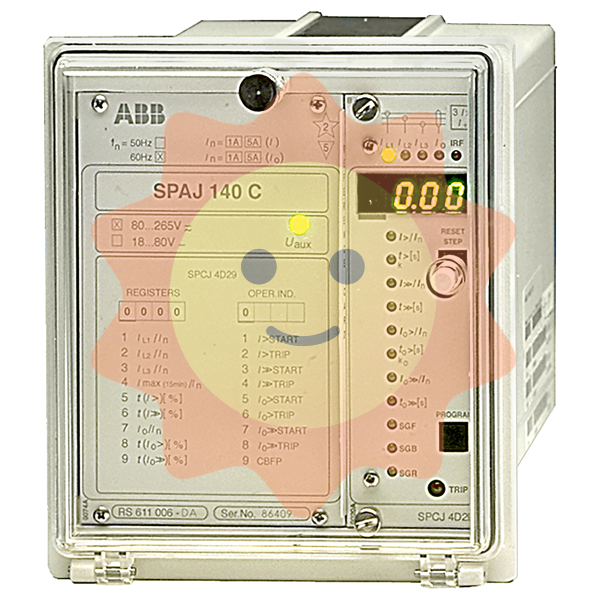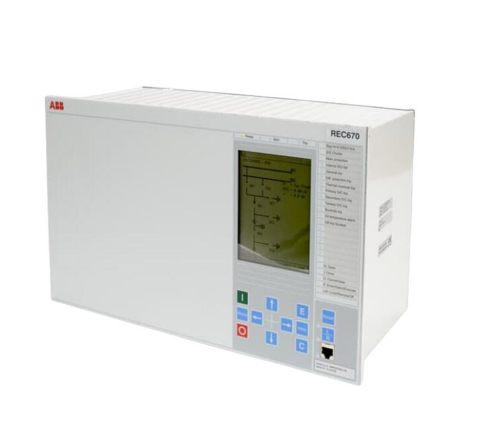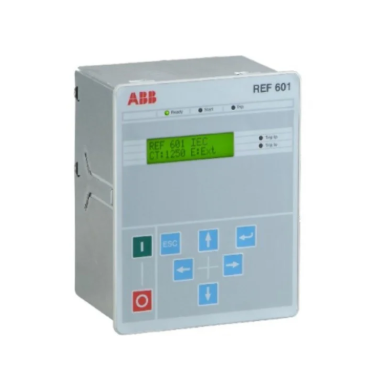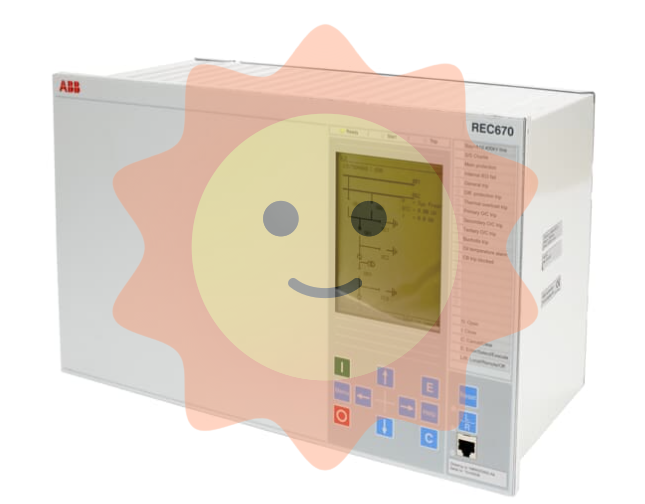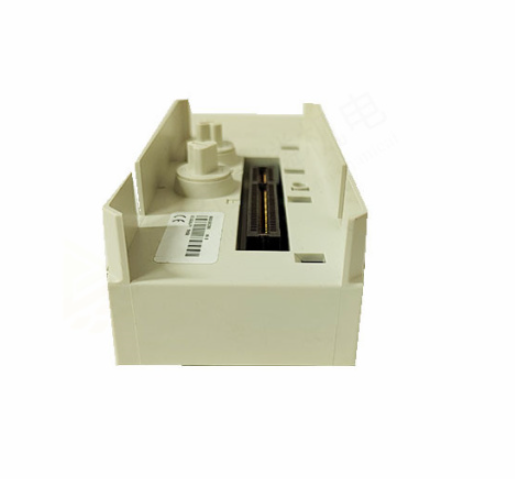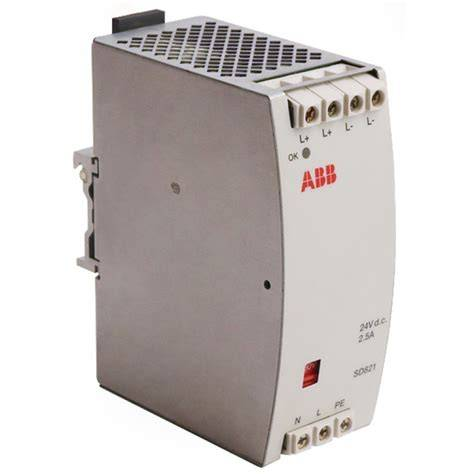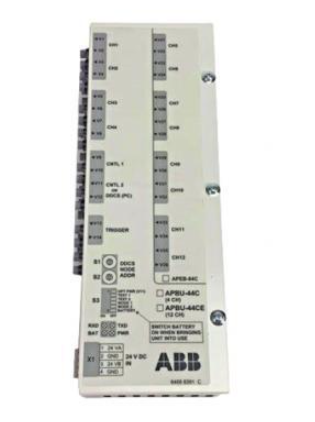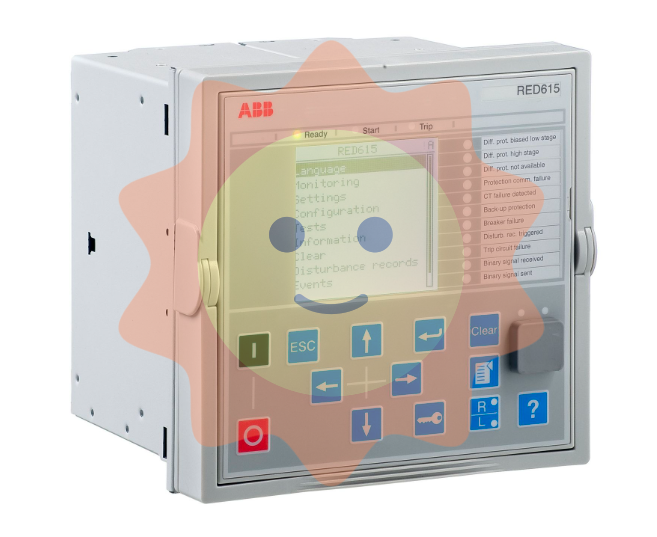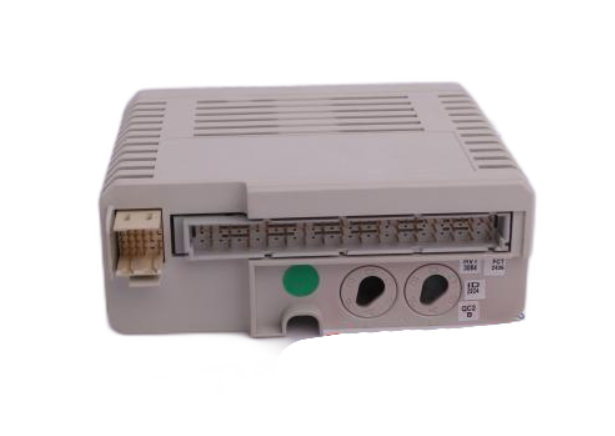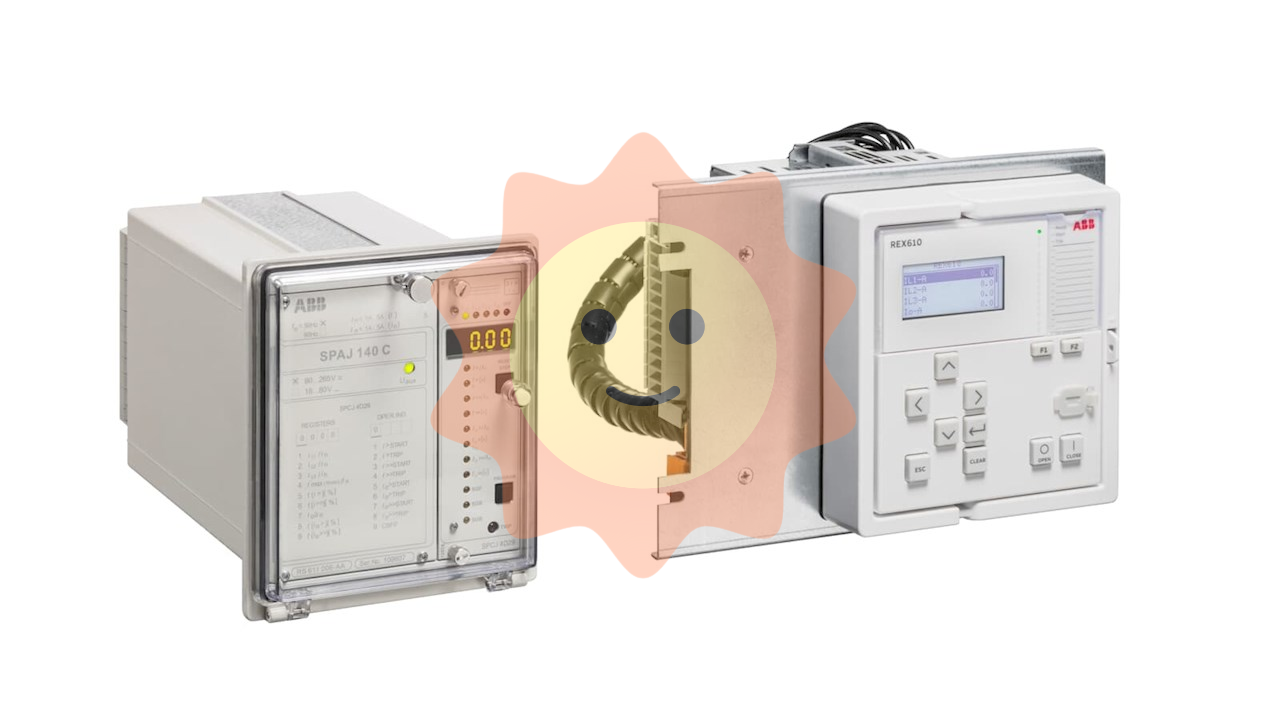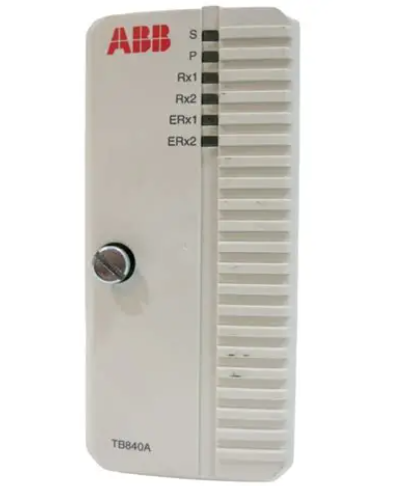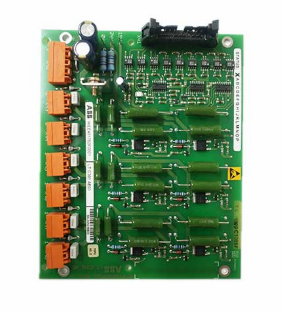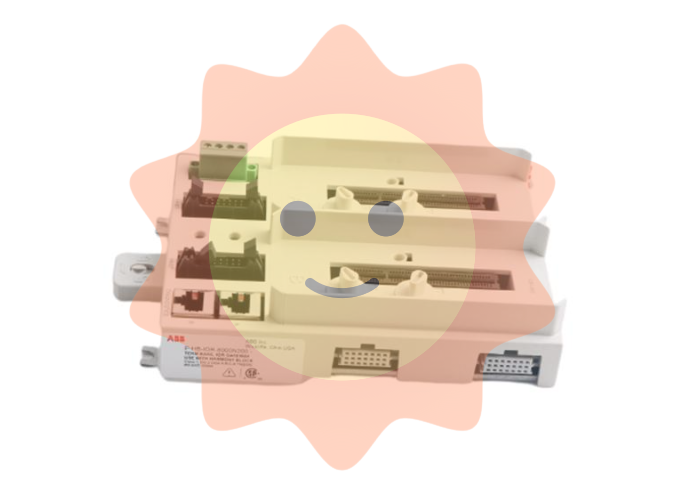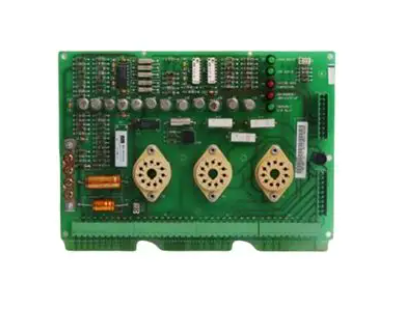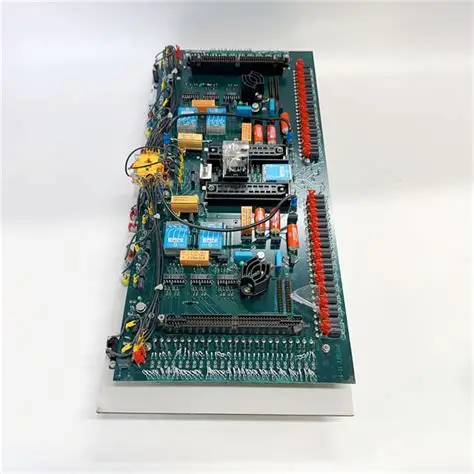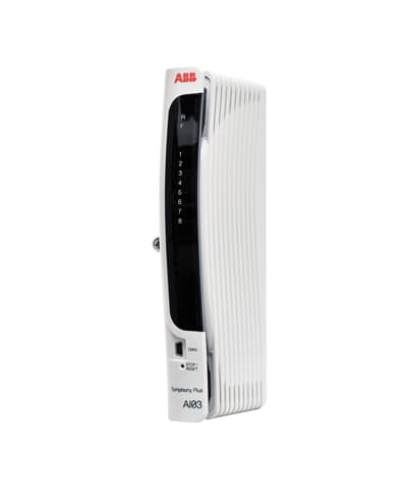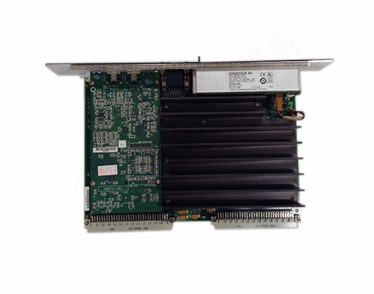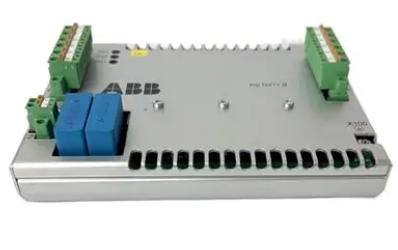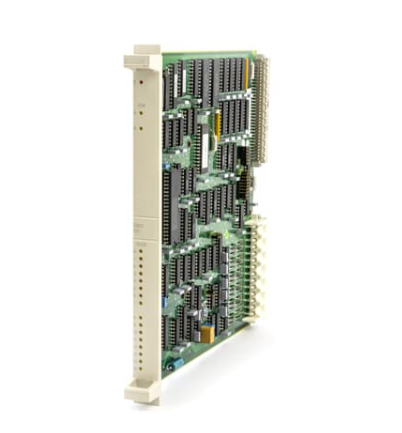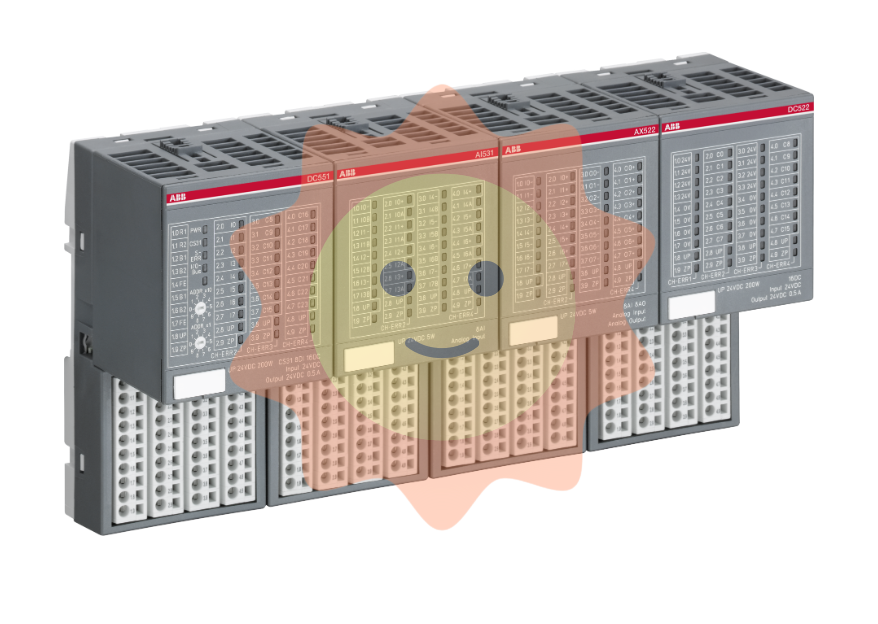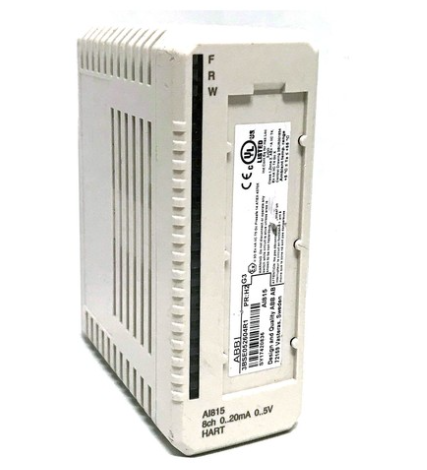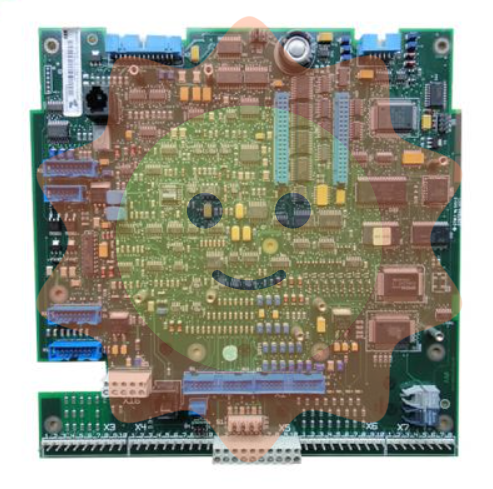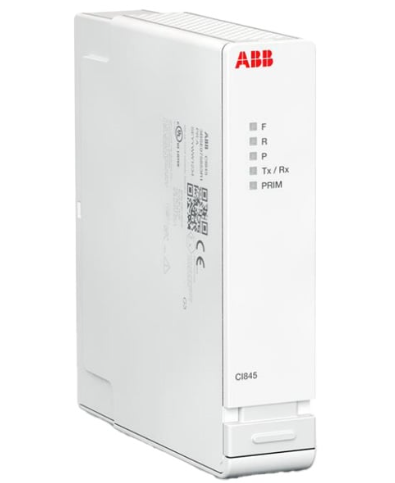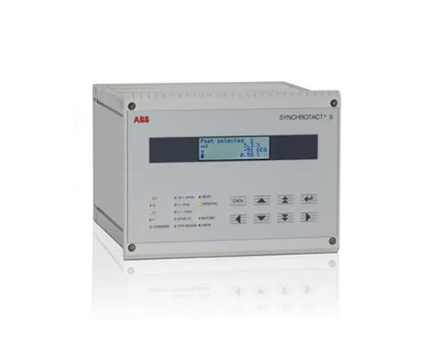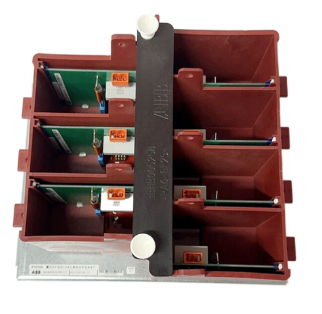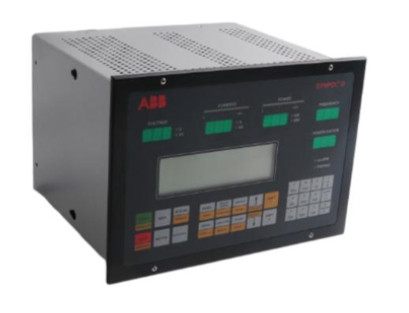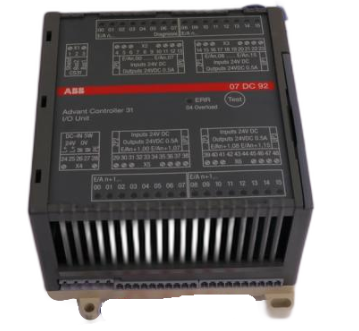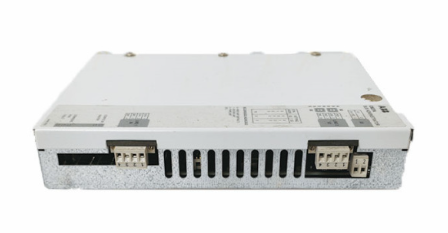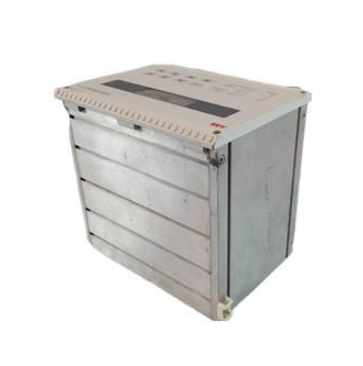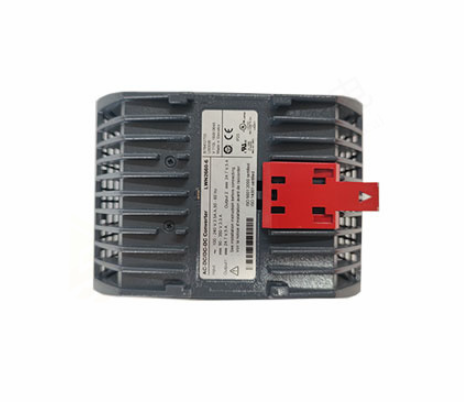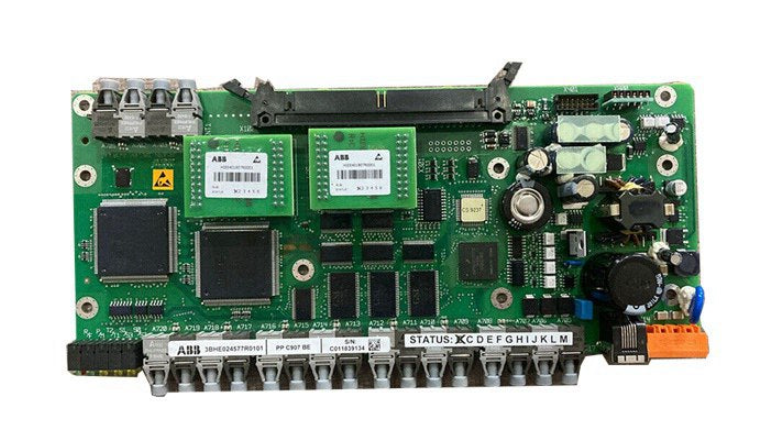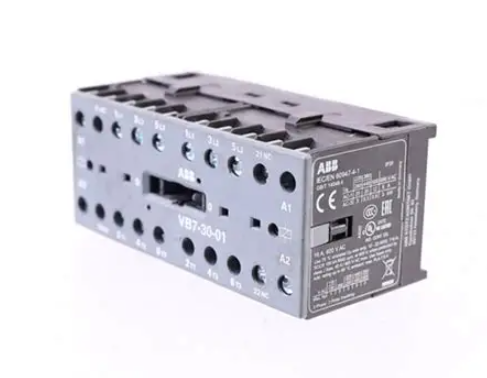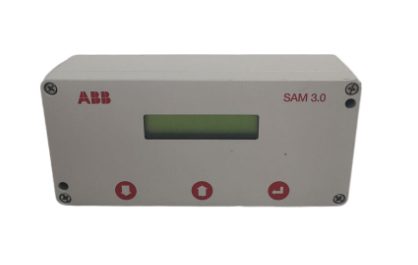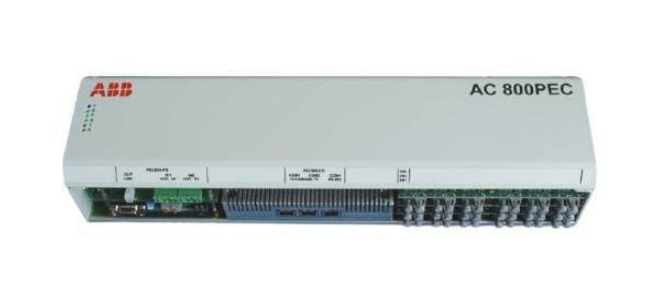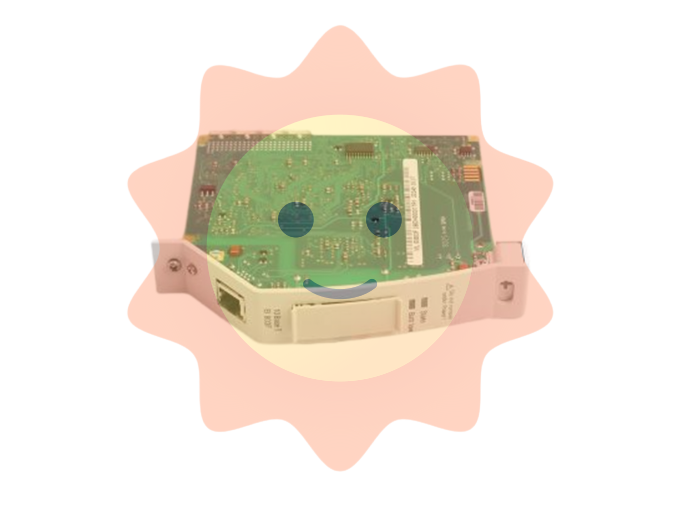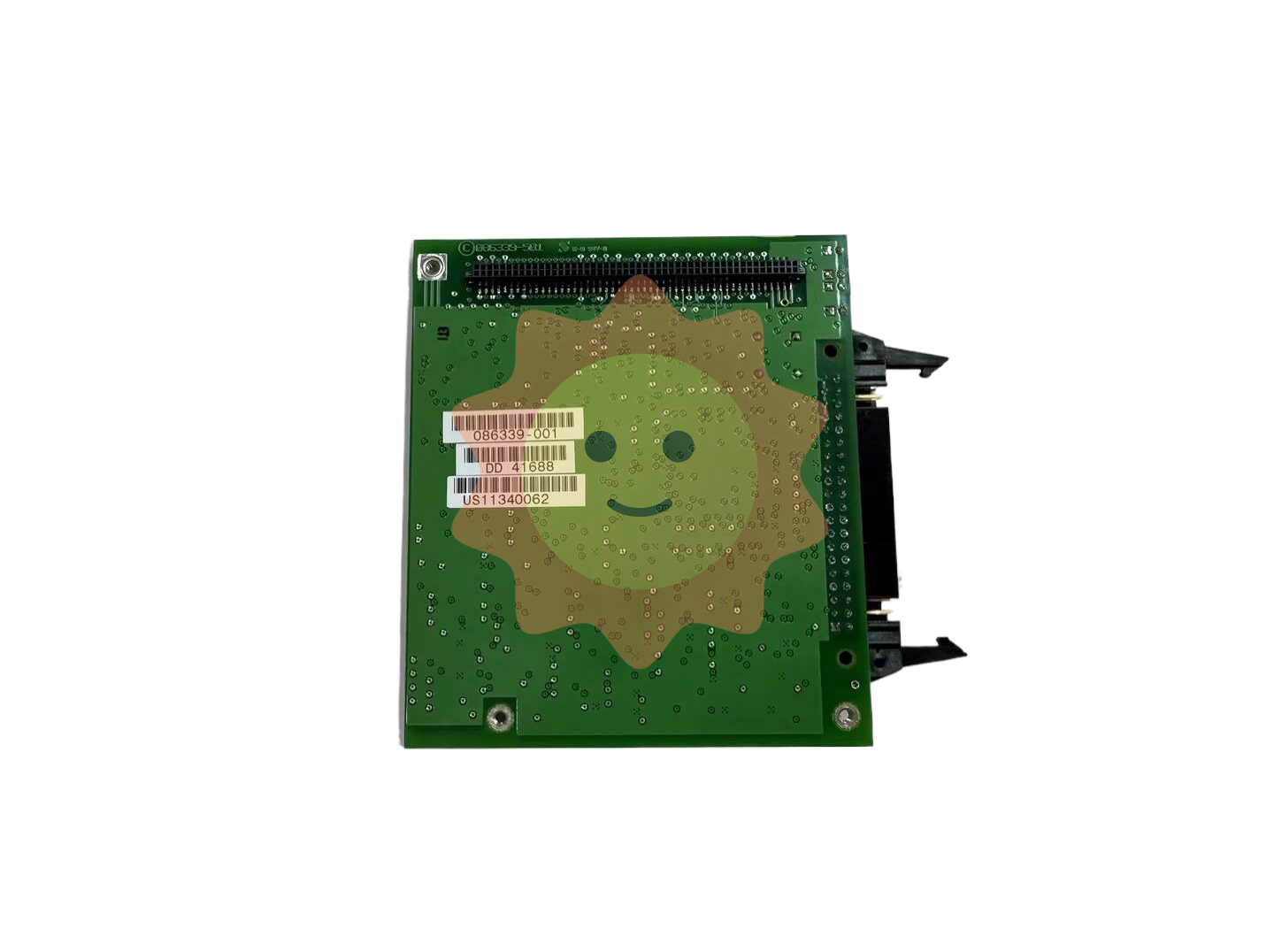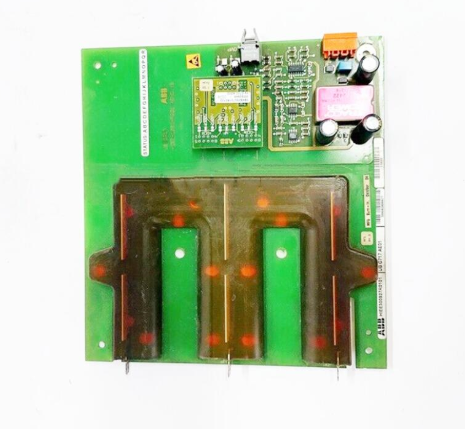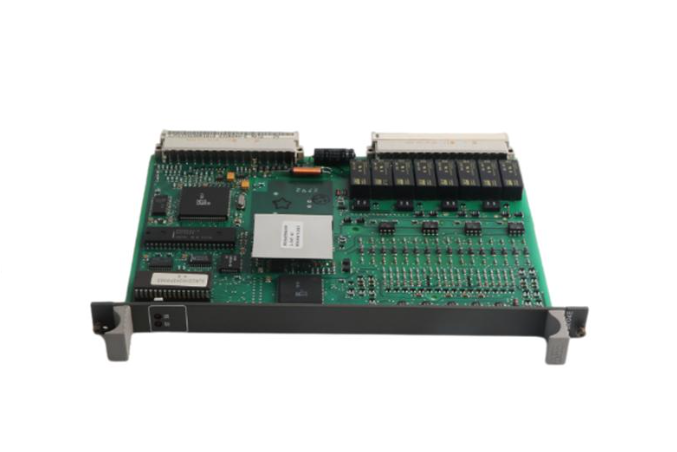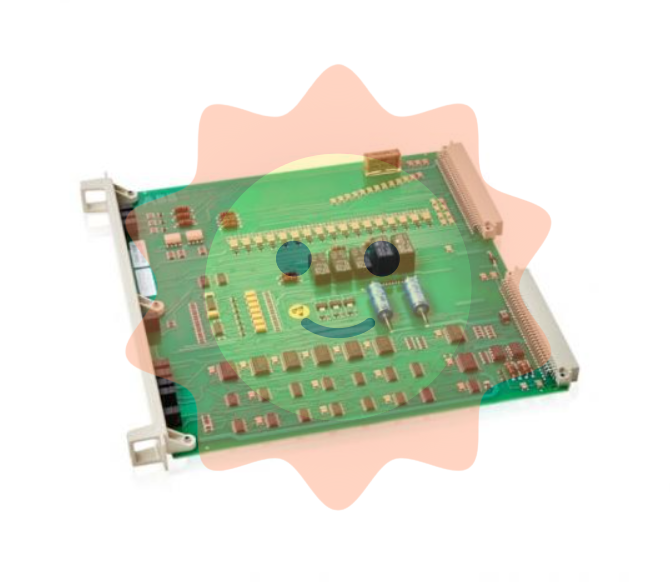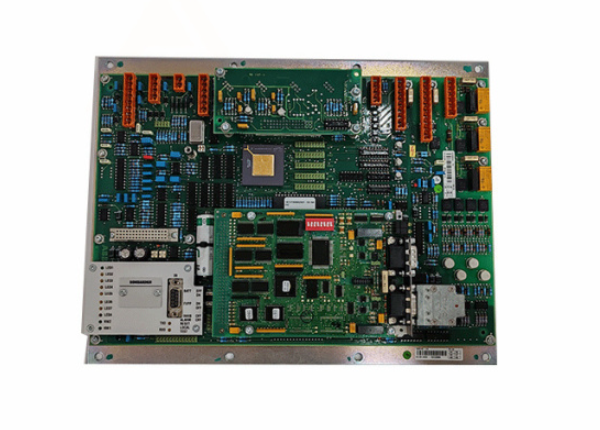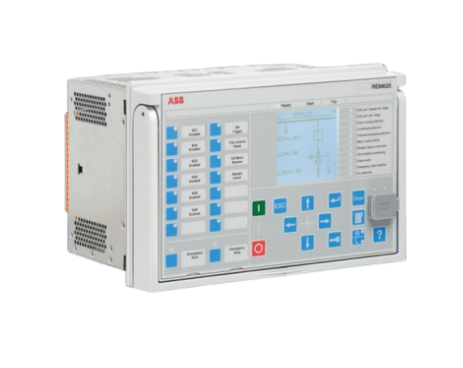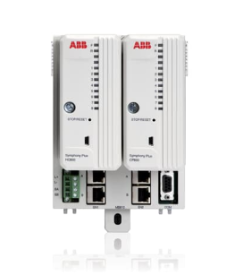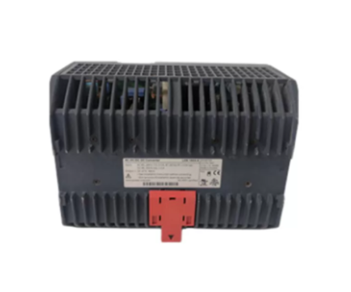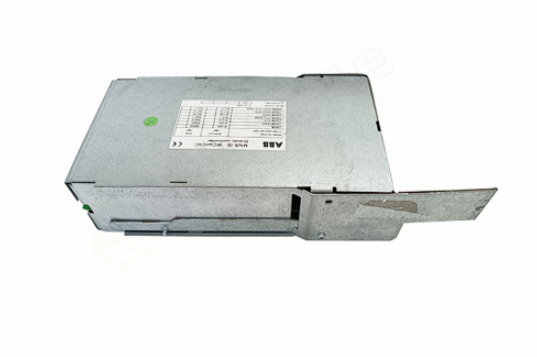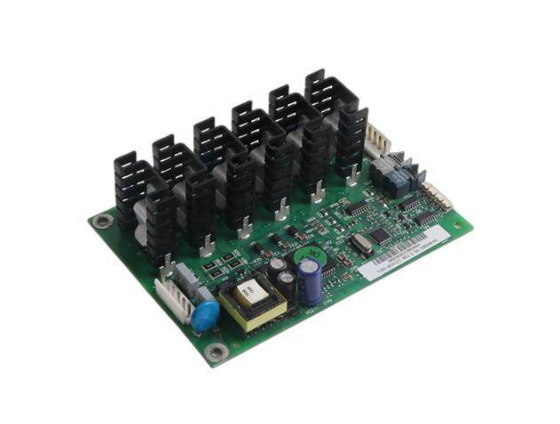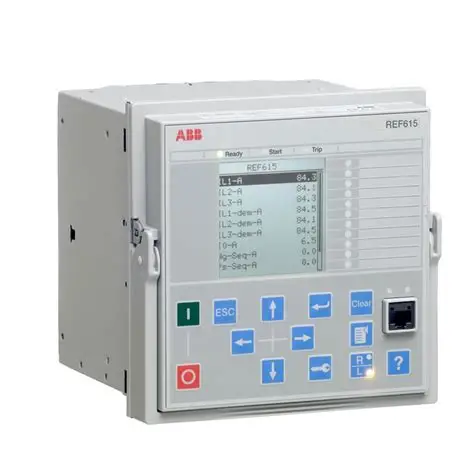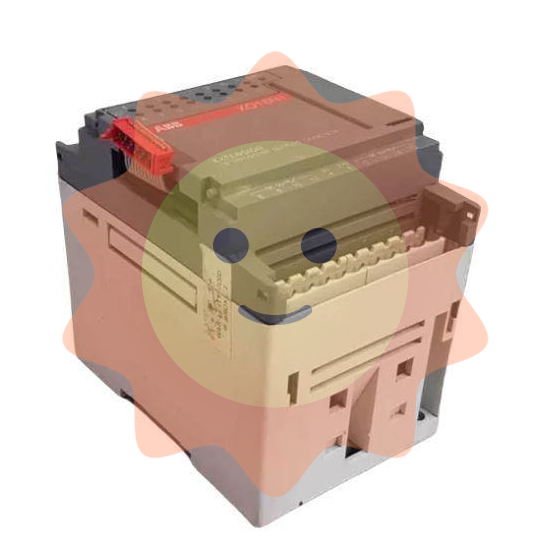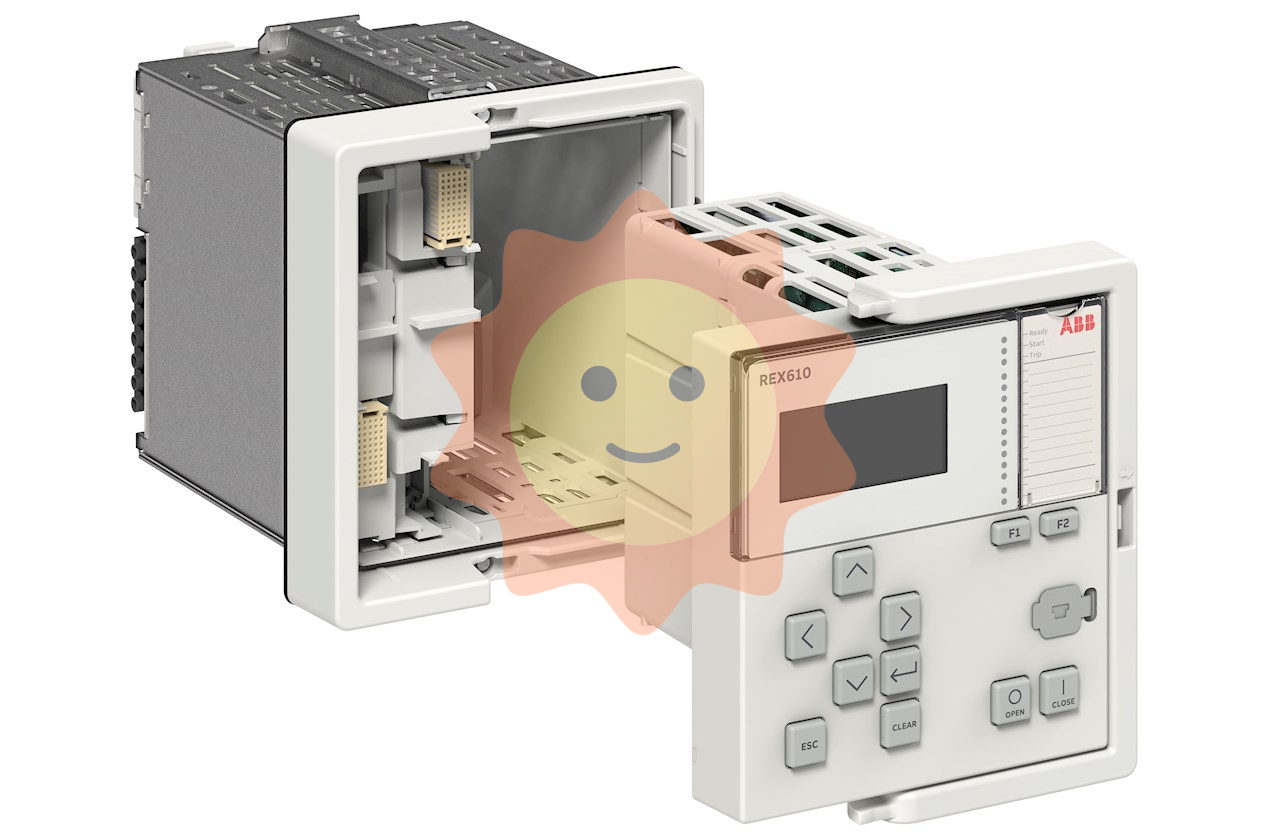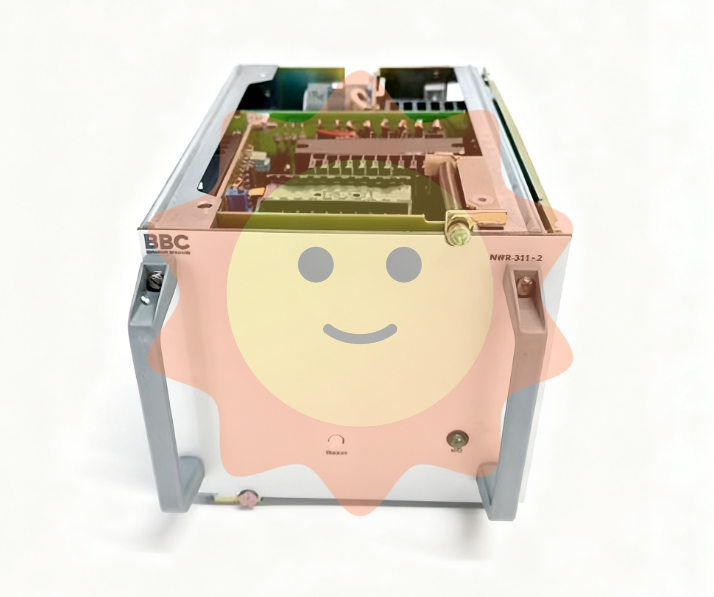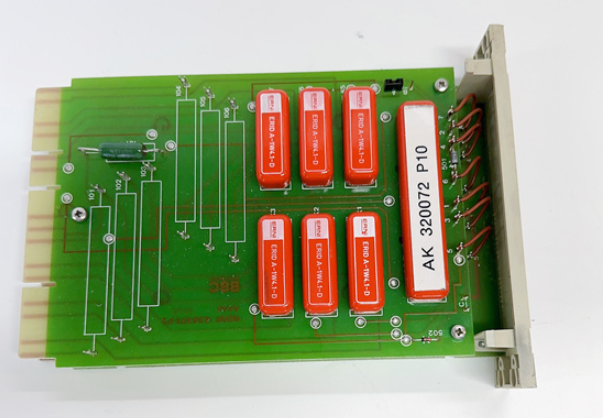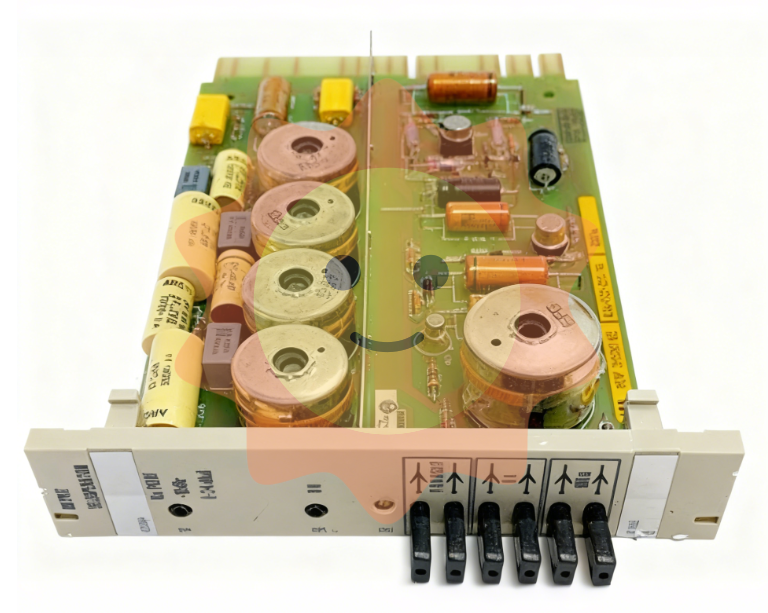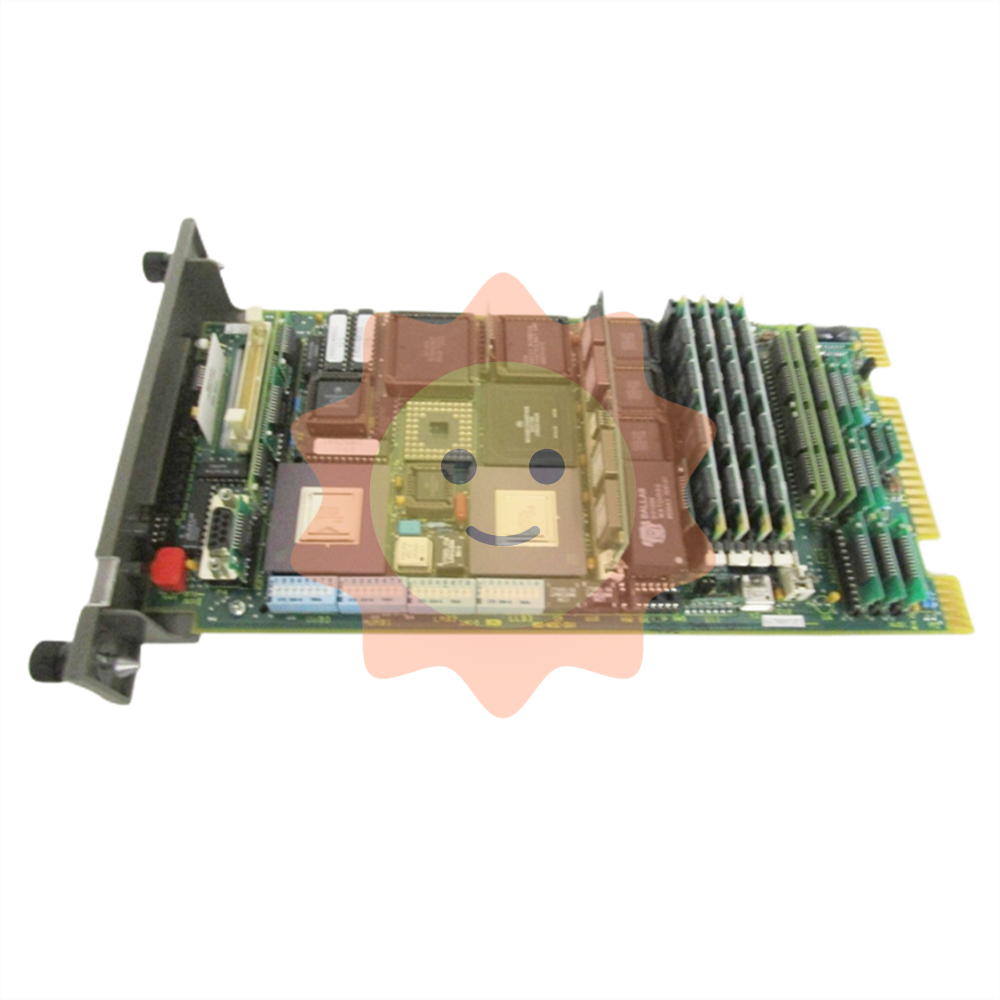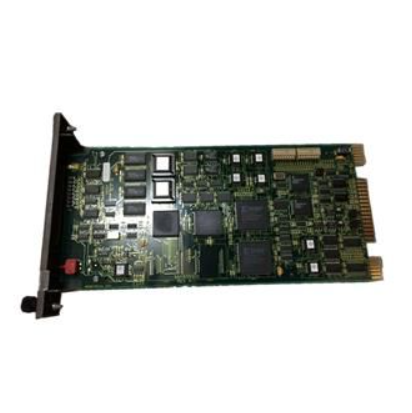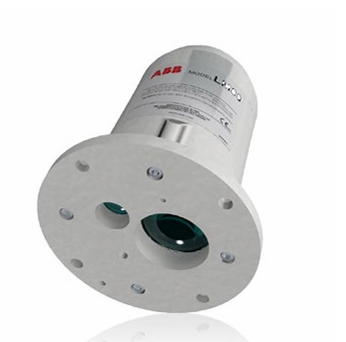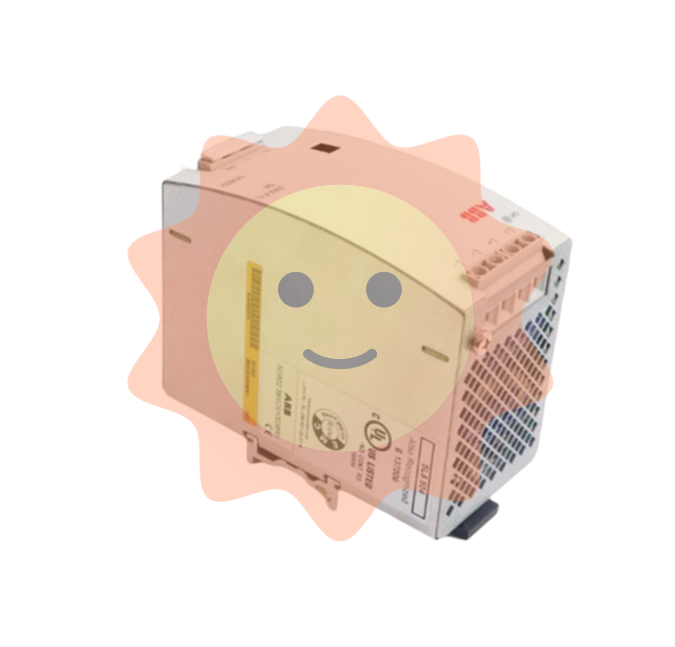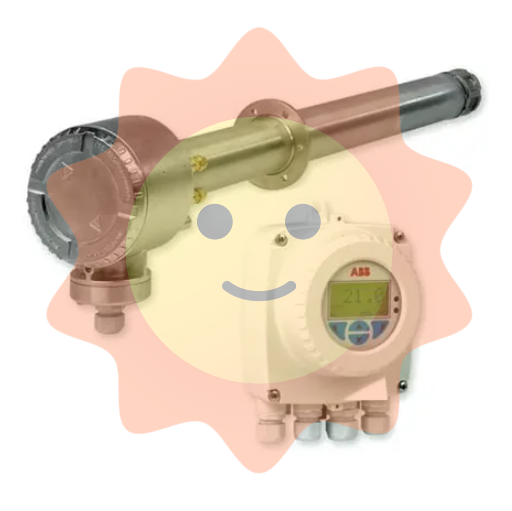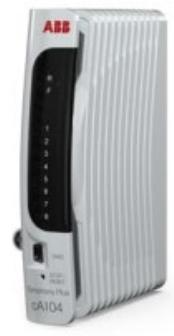MOTOROLA FLN4235/FCN6650/FCN6599/FLN4235A adapter power supply
Electrical characteristics: It has high power conversion efficiency, reduces energy loss during the conversion process, lowers heat generation, and improves the service life of the adapter. Electrical isolation design is adopted between input and output to effectively prevent grid interference from entering the equipment, while avoiding the impact of equipment failure on the grid.
Interface matching: Carefully check the input and output interface labels of the power adapter to ensure proper connection. When connecting the input interface to the mains power, use a power cord that meets the specifications and confirm that the power plug is in good contact with the socket to avoid safety hazards caused by electrical sparks due to poor contact. When connecting the output interface to the corresponding device (such as FLN4235, FCN6650, etc.), insert it accurately according to the interface shape and pin definition to prevent the device from not working properly or even being damaged due to reverse or incorrect insertion.
Grounding requirements: For power adapters that require grounding, be sure to connect the grounding wire correctly. Good grounding can effectively prevent safety hazards caused by power leakage and enhance the anti-interference ability of the power supply. The grounding wire should be selected with appropriate specifications of wire, and the grounding resistance should comply with relevant standards. Regularly check whether the grounding wire is loose or broken to ensure the reliability of the grounding system.
Precautions for use
(1) Load management
Rated power matching: Strictly use according to the rated output power and current of each adapter power supply, and prohibit overload operation. Overloading may cause severe heating of the power supply, shorten its lifespan, and even lead to safety accidents such as fires. When connecting the device, it is necessary to calculate the total load power of the device to ensure that it does not exceed the rated value of the power adapter. For example, the maximum output current of the FCN6650 adapter power supply is [X5] A. If the total current demand of the connected devices exceeds this value, a higher power supply should be replaced or the number of connected devices should be reduced.
Avoid frequent start stop: Frequently turning on and off the power adapter may generate surge currents, which can impact the internal components of the power supply and affect its performance and service life. If you need to temporarily stop the device from running, you can keep the power supply in standby mode instead of completely shutting it down. For example, in daily work, when leaving the workstation for a short period of time, there is no need to turn off the adapter power, just turn off the equipment.
(2) Voltage adaptation
Input voltage confirmation: Before use, confirm that the input voltage matches the local mains voltage. For adapters that support wide voltage inputs (such as FLN4235, FCN6650, etc.), it is recommended to use a voltage regulator in areas with large voltage fluctuations to ensure that the input voltage remains stable within the normal range. Avoid damaging the power adapter or causing it to malfunction due to high or low input voltage.
Output voltage regulation (if any): For adapters with output voltage regulation function (such as FCN6650), when adjusting the output voltage, it is necessary to follow the operation steps in the user manual, gradually adjust it to the desired voltage value, and avoid adjusting the amplitude too large at once, which may cause damage to the connected equipment. During the adjustment process, the operating status of the equipment should be monitored in real time to ensure that voltage adjustment does not affect the normal operation of the equipment.
Maintenance precautions
(1) Daily inspection
Status indicator light monitoring: Regularly check the working status indicator light of the power adapter. Under normal circumstances, the indicator light should light up or flash according to established rules. If there is abnormal flashing, extinguishing, or abnormal color on, the power supply working status should be checked immediately to determine if there is a fault. For example, if the indicator light is constantly red, it may indicate that the power supply has overvoltage, overcurrent, or short circuit problems, and should be promptly shut down for inspection.
Monitoring of operating parameters: Use professional instruments to detect the output voltage and current of the power supply every month to ensure that they fluctuate within the rated range. If there is a significant deviation in output voltage or current, it is necessary to calibrate or repair it in a timely manner. For some devices that require high power stability, the monitoring frequency can be increased, such as weekly testing.
(2) Cleaning and maintenance
Surface cleaning: Regularly clean the dust on the surface of the power adapter, at least once every quarter. Use a dry, soft brush or vacuum cleaner to remove dust from the power supply casing, avoid wiping with a damp cloth, and prevent moisture from entering the interior of the power supply. In dusty environments, the cleaning frequency should be appropriately increased, such as once a month.
Internal maintenance (professional operation): For power adapters that have been used for a long time, professional personnel need to open the casing every year (with power off and safety ensured), clean the internal dust, and check whether the internal components are loose, deformed, burnt, etc. If any abnormalities are found, please contact professional maintenance personnel in a timely manner for handling. Do not disassemble and repair them at will to avoid causing greater damage.
- EMERSON
- Honeywell
- CTI
- Rolls-Royce
- General Electric
- Woodward
- Yaskawa
- xYCOM
- Motorola
- Siemens
- Rockwell
- ABB
- B&R
- HIMA
- Construction site
- electricity
- Automobile market
- PLC
- DCS
- Motor drivers
- VSD
- Implications
- cement
- CO2
- CEM
- methane
- Artificial intelligence
- Titanic
- Solar energy
- Hydrogen fuel cell
- Hydrogen and fuel cells
- Hydrogen and oxygen fuel cells
- tyre
- Chemical fiber
- dynamo
- corpuscle
- Pulp and paper
- printing
- fossil
- FANUC
- Food and beverage
- Life science
- Sewage treatment
- Personal care
- electricity
- boats
- infrastructure
- Automobile industry
- metallurgy
- Nuclear power generation
- Geothermal power generation
- Water and wastewater
- Infrastructure construction
- Mine hazard
- steel
- papermaking
- Natural gas industry
- Infrastructure construction
- Power and energy
- Rubber and plastic
- Renewable energy
- pharmacy
- mining
- Plastic industry
- Schneider
- Kongsberg
- NI
- Wind energy
- International petroleum
- International new energy network
- gas
- WATLOW
- ProSoft
- SEW
- wind
- ADVANCED
- Reliance
- YOKOGAWA
- TRICONEX
- FOXBORO
- METSO
- MAN
- Advantest
- ADVANCED
- ALSTOM
- Control Wave
- AB
- AMAT
- STUDER
- KONGSBERG
- MOTOROLA
- DANAHER MOTION
- Bently
- Galil
- EATON
- MOLEX
- Triconex
- DEIF
- B&W
- ZYGO
- Aerotech
- DANFOSS
- KOLLMORGEN
- Beijer
- Endress+Hauser
- MOOG
- KB
- Moxa
- Rexroth


Email:wang@kongjiangauto.com

